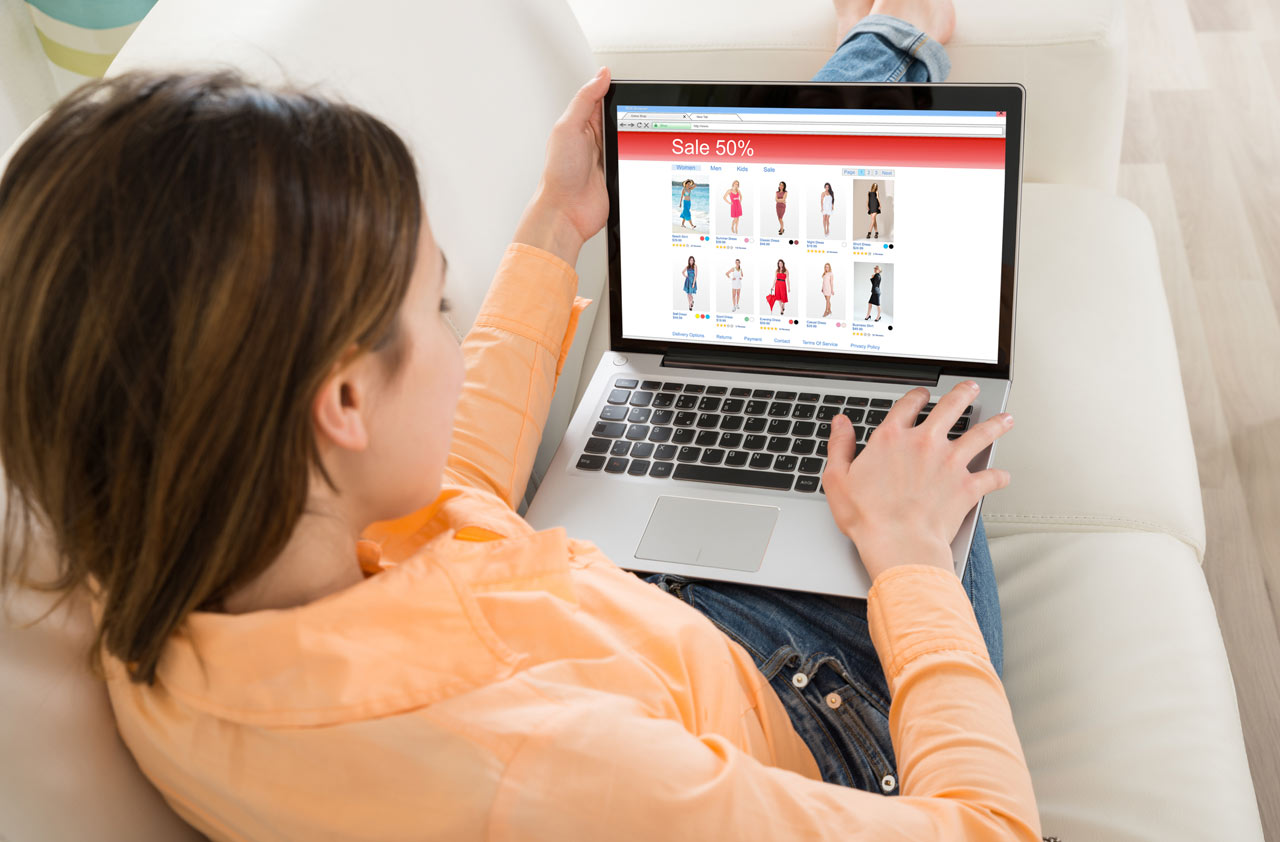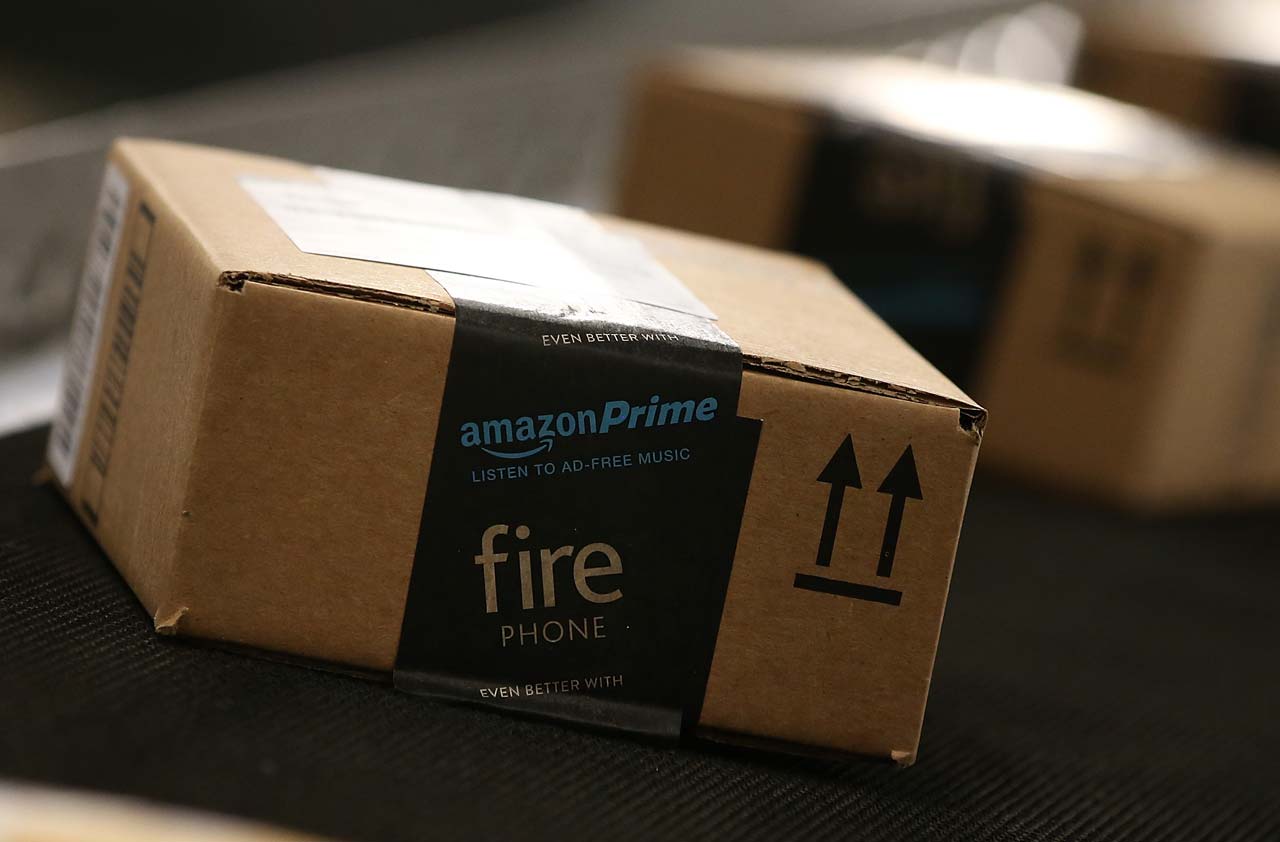Online Bargains That Are Too Good to Be True
A super-low price could be one sign that an item is counterfeit.


Online shopping could be hazardous to your wealth—and your health. An investigation by the Government Accountability Office, a federal watchdog agency, found that many products sold by third-party sellers on popular websites such as Amazon.com and Walmart.com were counterfeit—and dangerous—and were often a total waste of money. Cheap, substandard phone chargers could electrocute users, the GAO said, and bogus cosmetics have contained mercury, lead and other hazardous substances. Other frequently counterfeited items included batteries, travel mugs, contact lenses, and toothpaste.
“Counterfeiting is not a victimless crime. It kills people,” says Bob Barchiesi, president of the International AntiCounterfeiting Coalition, a nonprofit industry group.
Counterfeiters have designed products that closely resemble the genuine items, making it increasingly difficult to spot fakes. Still, there are ways to protect yourself. Your safest bet is to buy directly from the manufacturer’s website and pay a little more.

Sign up for Kiplinger’s Free E-Newsletters
Profit and prosper with the best of expert advice on investing, taxes, retirement, personal finance and more - straight to your e-mail.
Profit and prosper with the best of expert advice - straight to your e-mail.
If you’re a bargain shopper, the item you want is out of stock, or it’s only available on e-commerce sites such as Amazon.com, look for the three P’s:
Place. Check the manufacturer’s website to find a list of authorized third-party distributors. If the seller’s name isn’t on it, chances are the website is selling fakes.
You can also check sellers’ authenticity by contacting them directly; if they don’t get back to you, the phone number is out of service, or you can’t understand the response, don’t give them your business.
Packaging. Legitimate brands spend a lot of money on packaging. If the product listing states that there’s no packaging available with the item, that should be a warning sign that the item is a fake.
Price. Be skeptical of an extremely low price. If it sounds too good to be true, it probably is.
Other red flags include extra-long shipping times, no established return policy, and suspicious reviews in the feedback section of the website. If the reviews are nearly identical, unabashedly positive and contain a lot of misspellings, they probably aren’t legitimate.
Get Kiplinger Today newsletter — free
Profit and prosper with the best of Kiplinger's advice on investing, taxes, retirement, personal finance and much more. Delivered daily. Enter your email in the box and click Sign Me Up.

-
 6 Stunning Waterfront Homes for Sale Around the US
6 Stunning Waterfront Homes for Sale Around the USFrom private peninsulas to lakes, bayous and beyond, Kiplinger's "Listed" series brings you another selection of dream homes for sale on the waterfront.
By Charlotte Gorbold Published
-
 Six Reasons to Disinherit Someone and How to Do It
Six Reasons to Disinherit Someone and How to Do ItWhether you're navigating a second marriage, dealing with an estranged relative or leaving your assets to charity, there are reasons to disinherit someone. Here's how.
By Donna LeValley Published
-
 Roth IRA Contribution Limits for 2025
Roth IRA Contribution Limits for 2025Roth IRAs Roth IRA contribution limits have gone up. Here's what you need to know.
By Jackie Stewart Last updated
-
 Four Tips for Renting Out Your Home on Airbnb
Four Tips for Renting Out Your Home on Airbnbreal estate Here's what you should know before listing your home on Airbnb.
By Miriam Cross Published
-
 Five Ways to a Cheap Last-Minute Vacation
Five Ways to a Cheap Last-Minute VacationTravel It is possible to pull off a cheap last-minute vacation. Here are some tips to make it happen.
By Vaishali Varu Last updated
-
 How to Figure Out How Much Life Insurance You Need
How to Figure Out How Much Life Insurance You Needinsurance Instead of relying on rules of thumb, you’re better off taking a systematic approach to figuring your life insurance needs.
By Kimberly Lankford Last updated
-
 Five Reasons You Shouldn't Shop on Amazon Prime Day
Five Reasons You Shouldn't Shop on Amazon Prime DaySmart Buying Think twice before getting lured into buying a bunch of stuff you don't need just because it's on sale.
By Andrea Browne Taylor Last updated
-
 Amazon Big Deal Days Is Coming! We’ve Got All the Details
Amazon Big Deal Days Is Coming! We’ve Got All the DetailsAmazon Prime To kick off the holiday season with a bang, Amazon Big Deal Days runs Tuesday, October 8 and Wednesday, October 9.
By Bob Niedt Last updated
-
 How to Shop for Life Insurance in 3 Easy Steps
How to Shop for Life Insurance in 3 Easy Stepsinsurance Shopping for life insurance? You may be able to estimate how much you need online, but that's just the start of your search.
By Kaitlin Pitsker Last updated
-
 Five Ways to Shop for a Low Mortgage Rate
Five Ways to Shop for a Low Mortgage RateBecoming a Homeowner Mortgage rates are high this year, but you can still find an affordable loan with these tips.
By Daniel Bortz Last updated